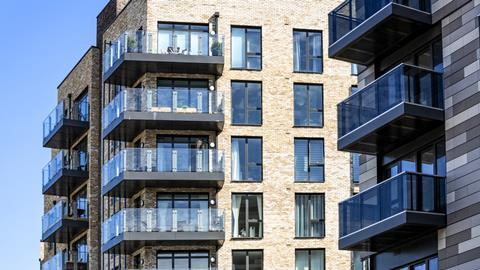Key property forms have been updated to reflect changes arising from building safety legislation introduced last year and make the conveyancing process more efficient. Revised versions of the TA7 leasehold information and LPE1 leasehold property enquiries form have now gone live.
The TA7 form now includes a section on building safety to assist transactions affected by the Building Safety Act 2022, including questions about remediation work, known defects that create a building safety risk, building ownership and management and details of the seller if they are a company.
The updated LPE1 form now includes questions such as whether the leaseholder deed of certificate has been served in relation to the sale of the property or remedial works and outstanding enforcement action, as well as new requests for documents.
Law Society president Lubna Shuja said the forms were amended as part of efforts to ensure people wanting to buy or re-mortgage flats affected by building safety issues can access mortgage finance.
The Conveyancing Association said the revised LPE1 form coincides with lenders changing their policies to be able to lend on properties in remediation schemes or those covered by leaseholder protections. The changes arise from the Building Safety Act, which came into force last June.
Mairead Carroll, a senior specialist in the property standards team at the Royal Institution of Chartered Surveyors, said: ‘These crucial updates to the LPE1 form will serve to further clarify the remediation responsibilities of different parties, improving efficiency and accuracy in the conveyancing process. With conveyancing becoming an increasingly complex procedure, it is vital key data-gathering tools, such as the LPE1, are fit for the demands of today’s profession.’
Looking ahead, Beth Rudolf, the Conveyancing Association’s director of delivery, said a standard set of additional enquiries will be created to ensure conveyancers receive the information necessary to advise borrowers or lenders on the current position relating to building remediation. ‘For example, whether the cost of the remediation work is completely covered, when it will be done, whether it will require the leaseholder to vacate the property etc. This will allow conveyancers to gather the new information needed by stakeholders during the sale or remortgage process,’ she said.
Shuja said the Law Society had also taken the opportunity to make process improvements to the TA13 completion information and undertakings form. These include arrangements for the seller to hand over not just the keys, but also any equivalent electronic devices, passcodes and alarm codes.
This article is now closed for comment.



























9 Readers' comments